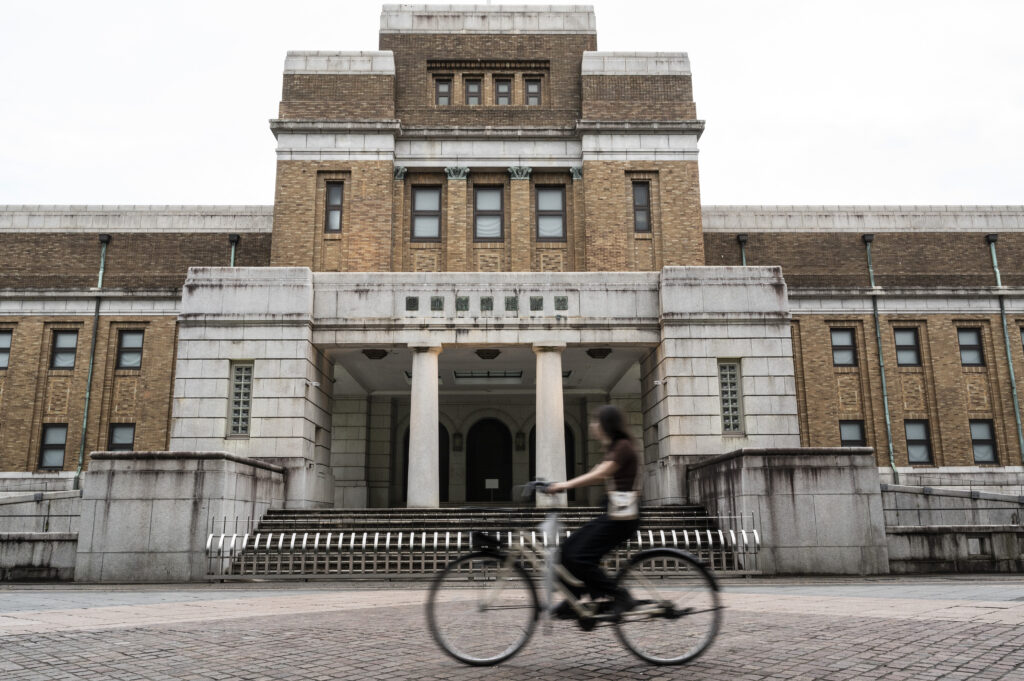
- ARAB NEWS
- 01 Aug 2025

Tokyo: The amount of donations collected in a crowdfunding campaign by Japan’s cash-strapped National Museum of Nature and Science exceeded 500 million yen in the first three days.
The number of donors in the campaign, launched Monday, topped 37,000 as of Saturday, with the total amount of donations reaching 600 million yen, far more than the museum’s goal of collecting 100 million yen in three months.
The museum in Tokyo is happy with the unexpectedly rapid pace of donations. But an expert said that the government’s policy of reducing subsidies led to the dire financial situation at the museum, calling for a review of the policy.
The National Museum of Nature and Science initially thought it would be difficult to achieve the 100-million-yen goal in three months.
But it easily reached the amount, on the afternoon of the first day of the crowdfunding campaign, aimed at generating funds to run its facilities as its admission fee revenue has plunged amid the COVID-19 pandemic and surging utility costs are weighing on its management.
The number of crowdfunding donors in the museum’s campaign represented a record high in Japan, according to Readyfor Inc., which operates the website for the program.
The campaign has attracted huge attention, because the national museum’s financial trouble sent shock waves to the public and the program is partly aimed at coping with soaring prices, which are also hitting people hard, a Readyfor official said.
According to the museum, it has run into financial difficulties as the amount of subsidies from the government to cover operating costs was reduced gradually since it was converted to an independent administrative agency in fiscal 2001. The museum has also been urged to cut costs.
Currently, 80 percent of the museum’s operating costs is covered by the subsidies, and the rest by its own revenue.
“We have been making efforts to increase visitors while cutting research costs by 5 percent,” a museum official said.
The museum needs to ensure that its storage facility in the city of Tsukuba in Ibaraki Prefecture, northeast of Tokyo, which holds most of its specimens totaling over five million and other materials, is air-conditioned constantly for controlling temperatures and humidity.
As the number of specimens and materials is increasing by several tens of thousands annually, the museum needs funds to cover huge costs for personnel managing the items.
Admission fee revenue dived to some 150 million yen in fiscal 2020 from over 700 million yen in fiscal 2019 due to the fallout of the novel coronavirus crisis.
By contrast, utility costs are estimated to reach 380 million yen in fiscal 2023 through next March, more than double the amount two years ago.
Science writer Kaoru Takeuchi, 63, pointed out that the government cut its subsidies to the museum and other culture, art and science and technology facilities in the past 20 years.
“The policy of calling for self-help efforts to earn money is not fitted for cultural activities,” he said.
The policy should be examined, Takeuchi said, adding that it is also important to increase tax incentives for donations.
JIJI Press